新蒲崗吉事:植物圖書館 跟植物學生活,用植物說生活|GUTS in SAN PO KONG: Revitalises industrial ruin by growing
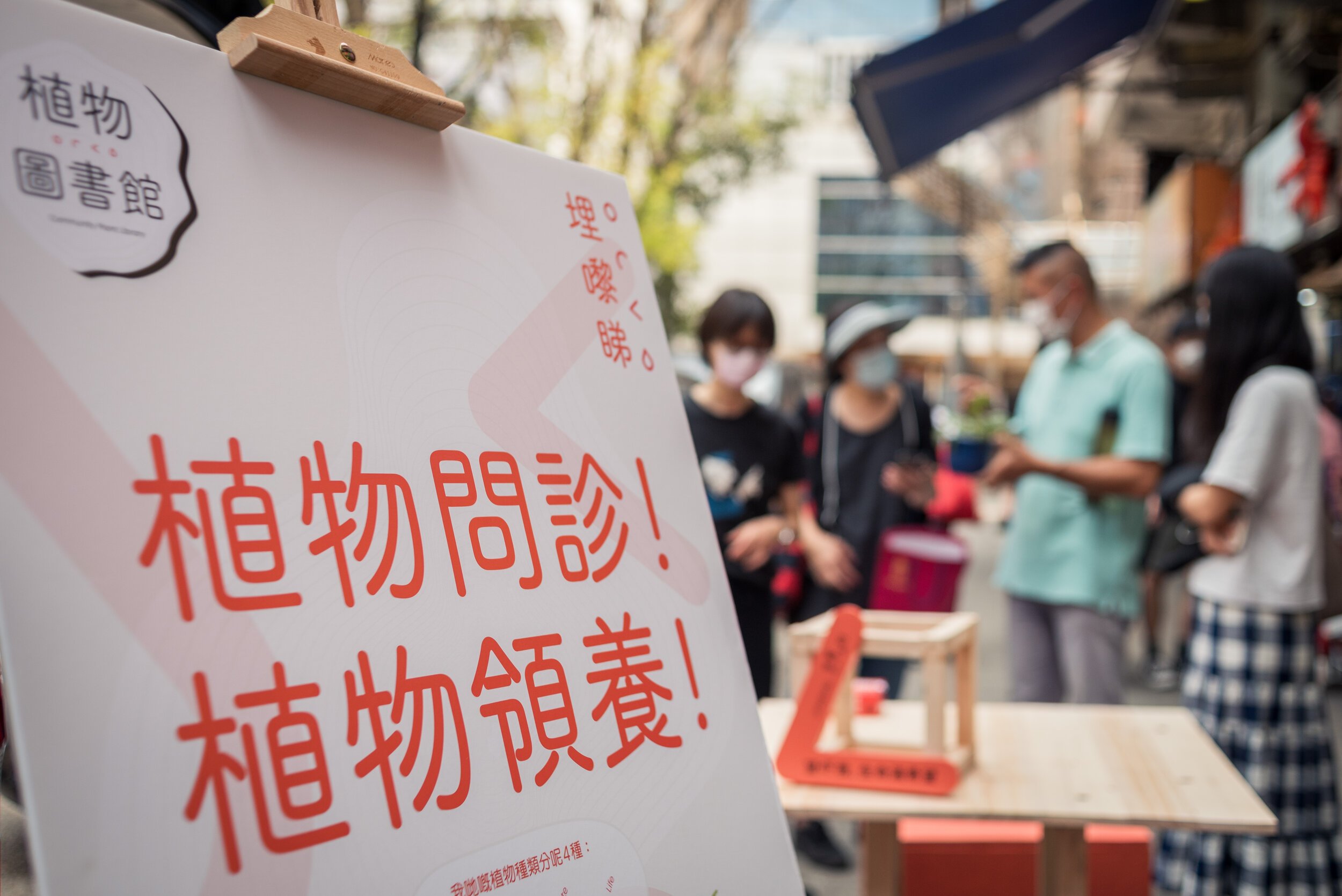
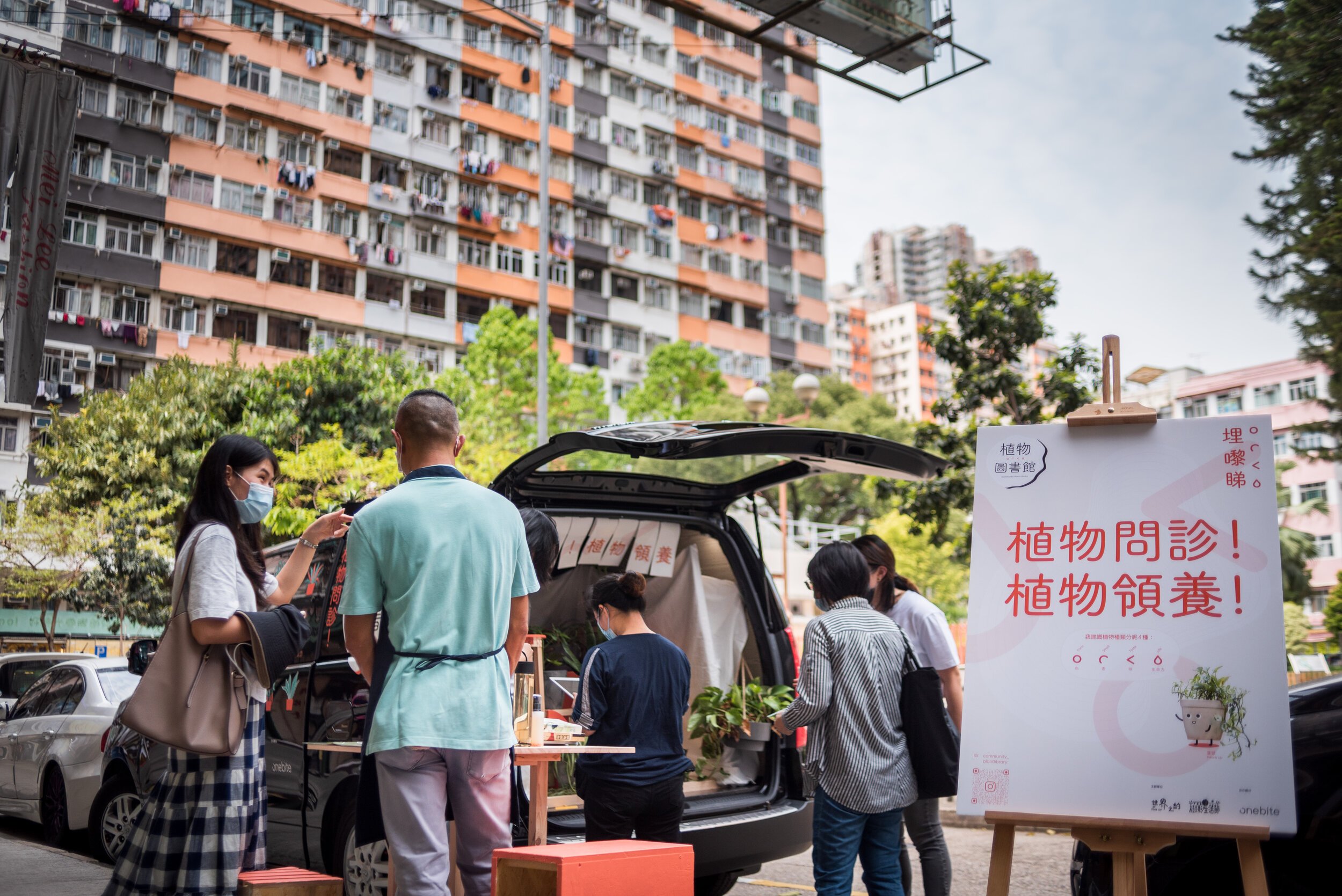
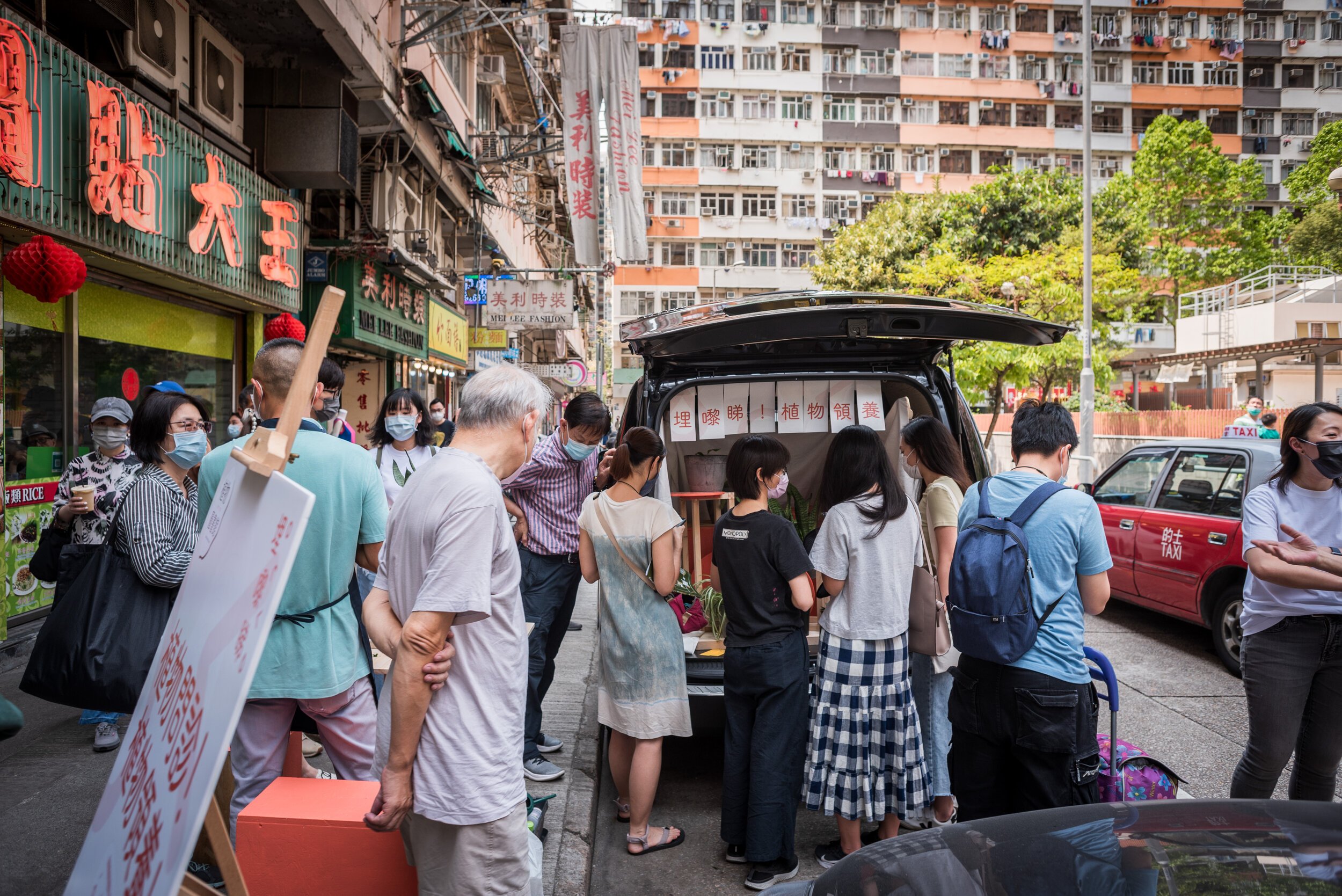
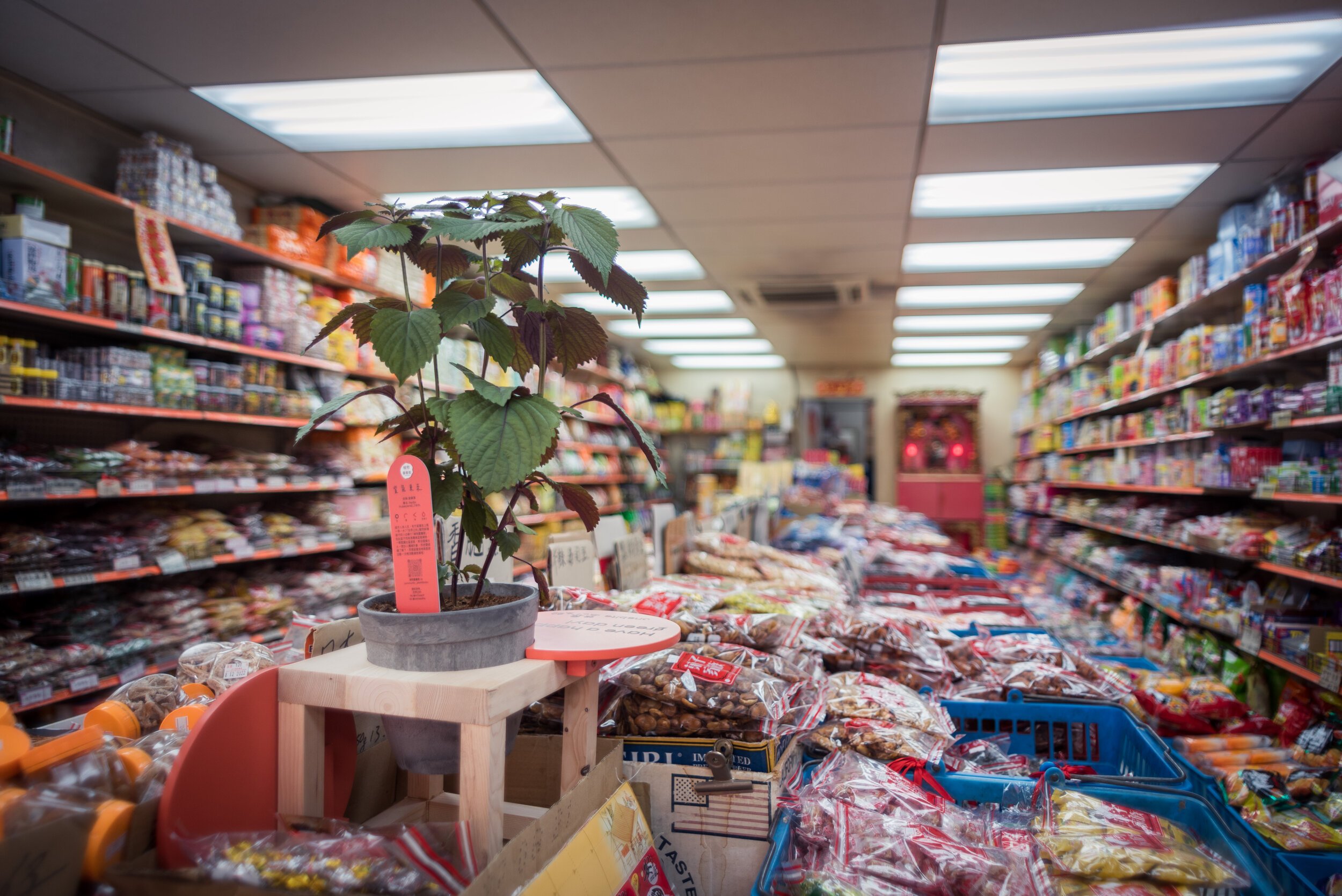
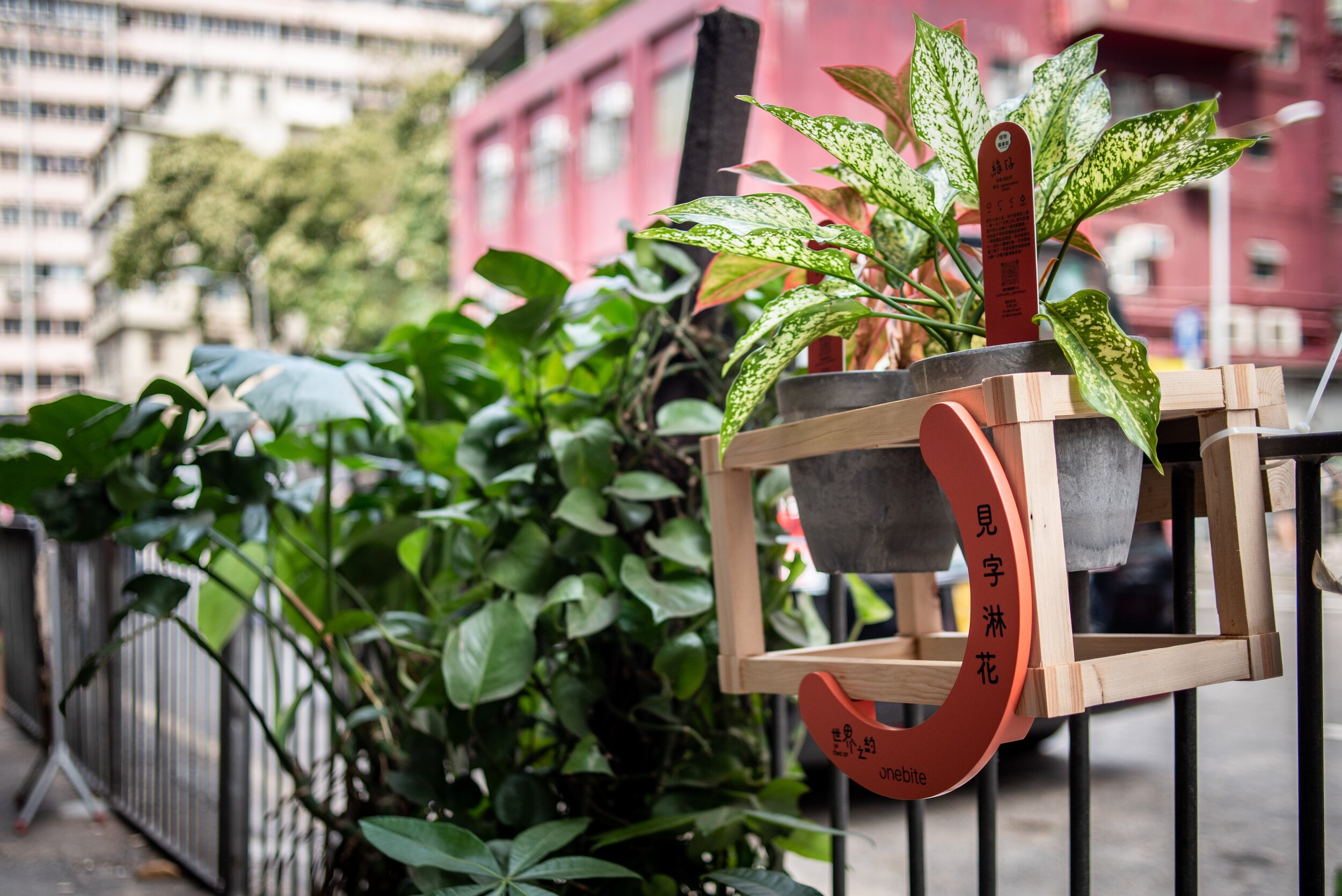
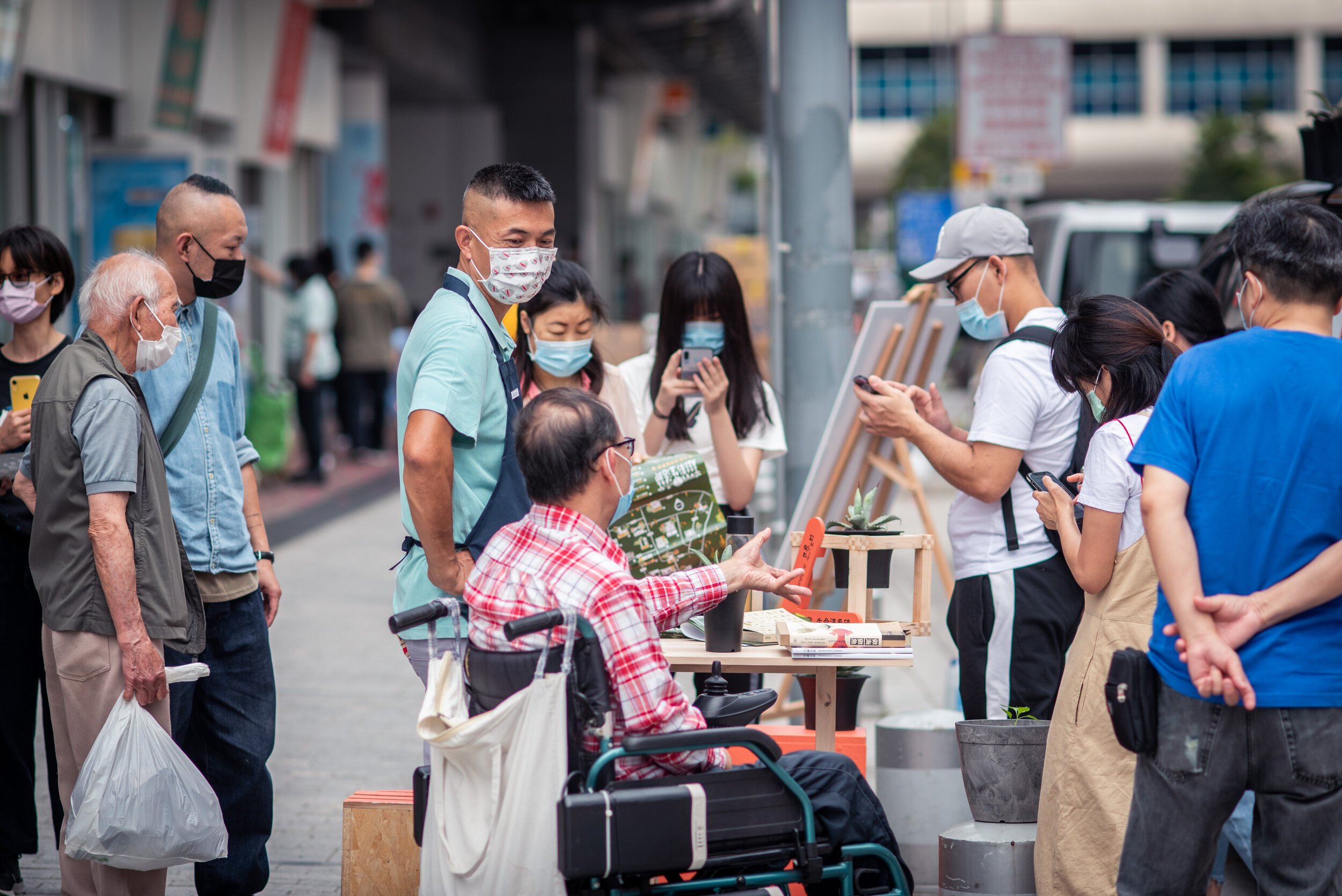
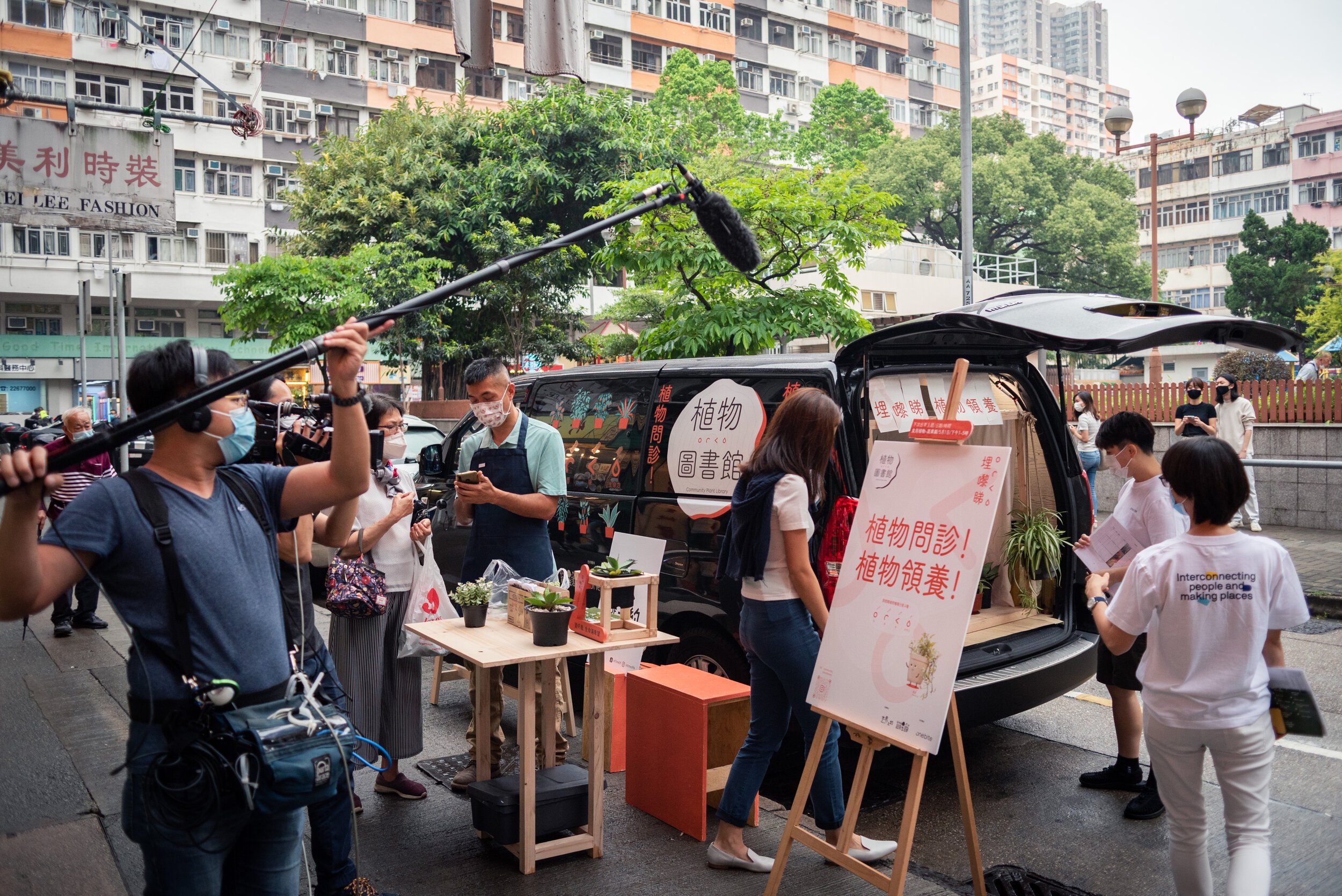
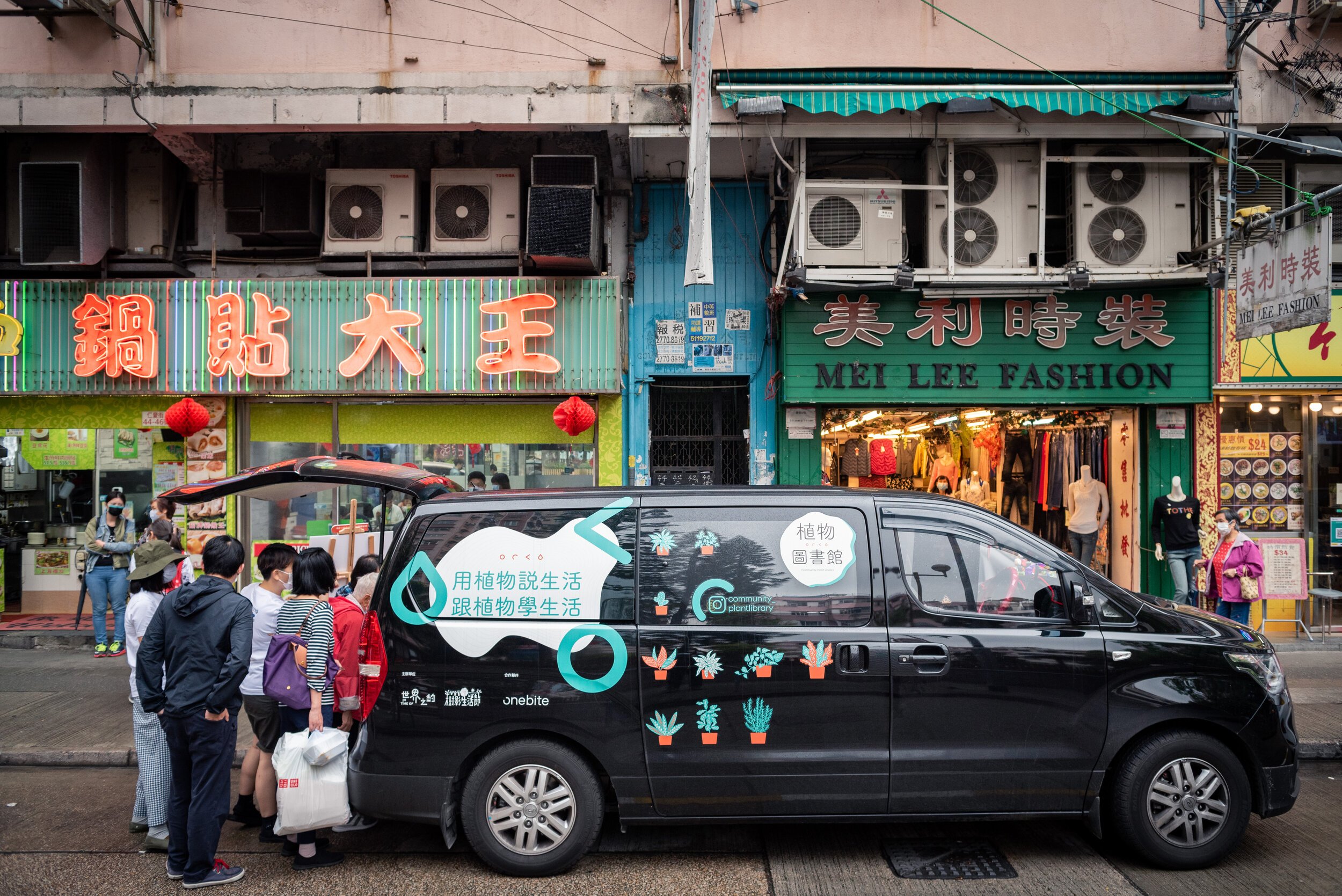
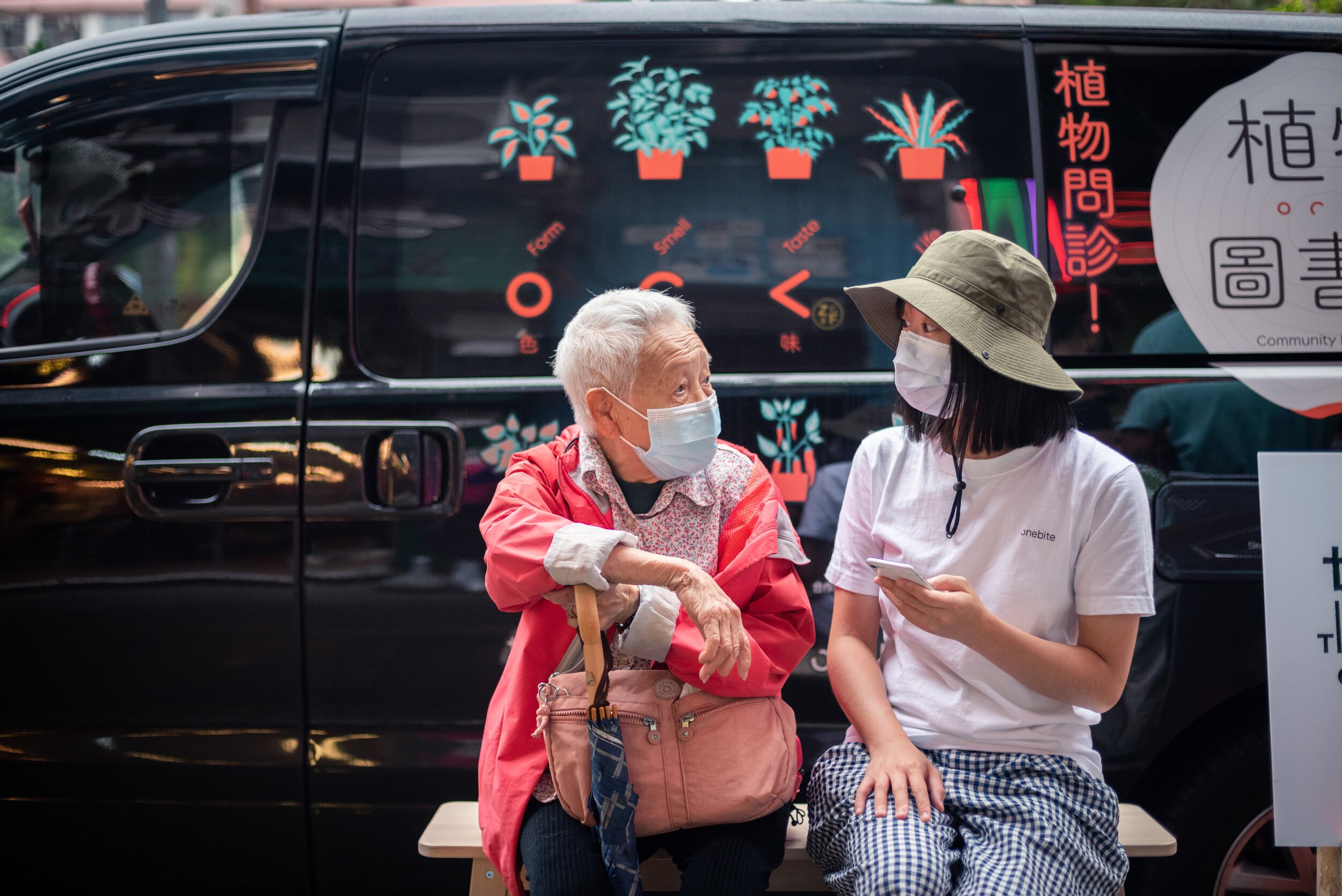
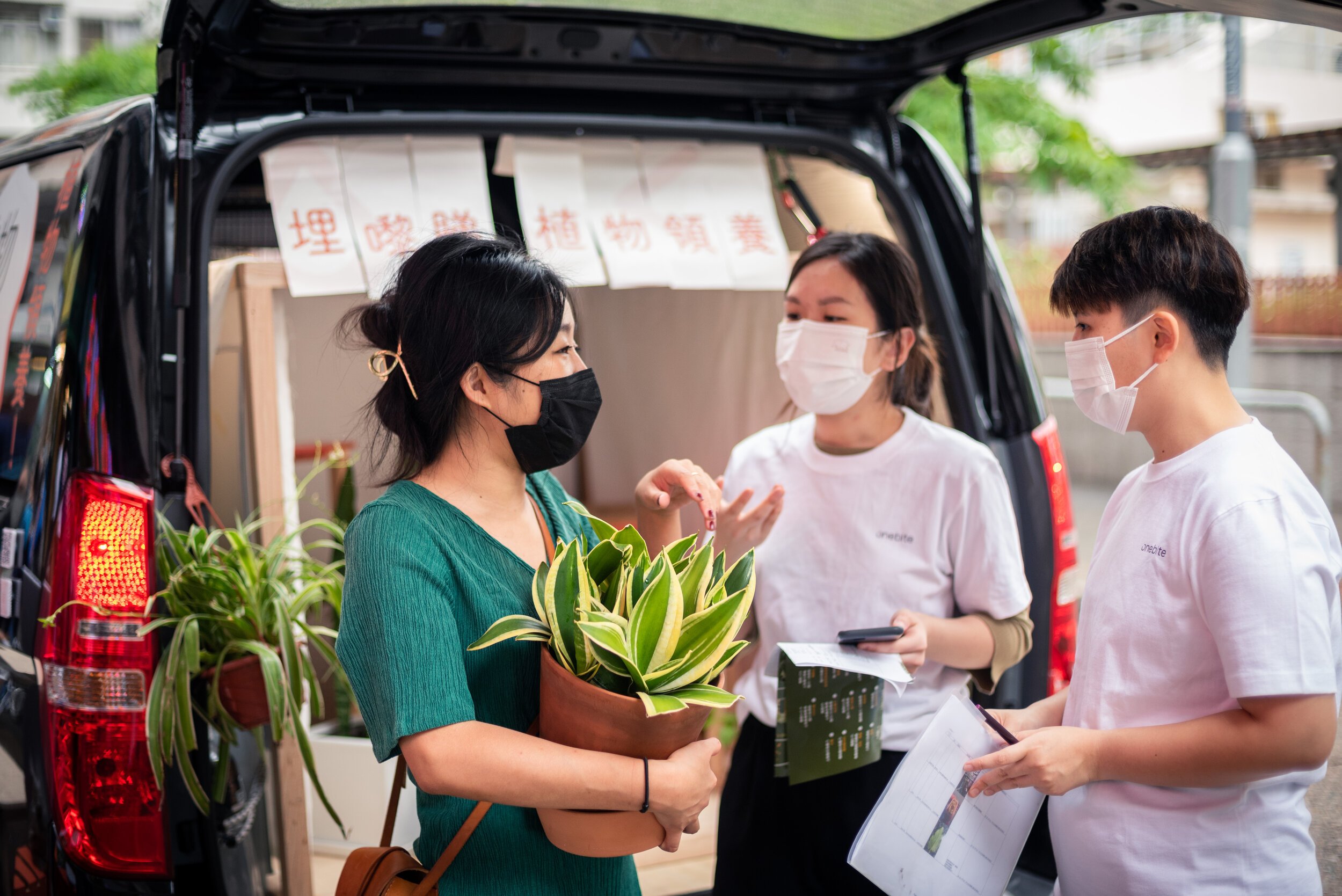
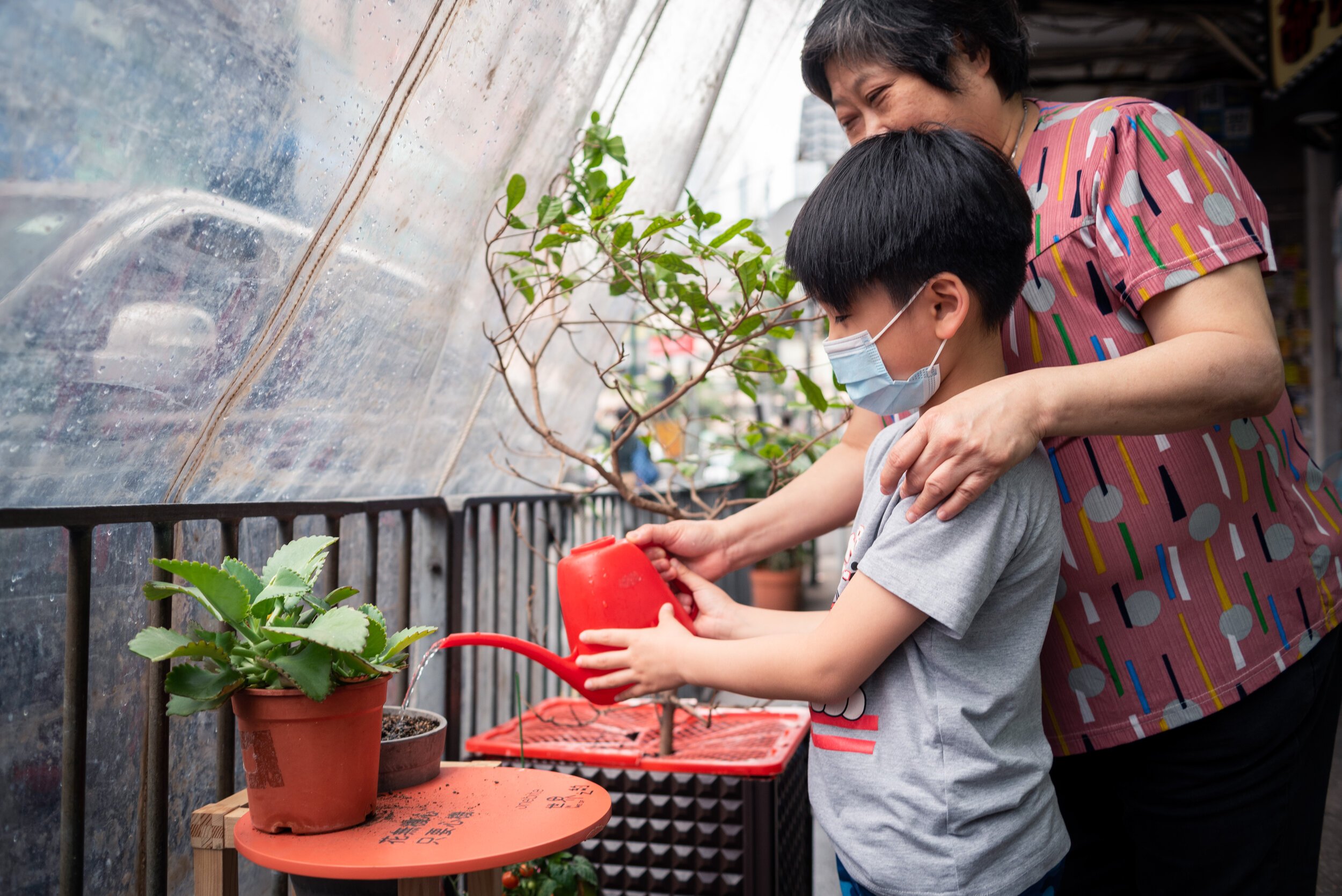
過去數星期,吉人吉事探討不少城巿種植的例子,包括在社區園圃種植、以解決糧食危機為目標的美國匹茲堡,也有開墾荒廢工業用地為田園的水牛城;在香港,除了天台可變成園圃,種植還有什麼可能性?
今年春天,一口設計工作室在新蒲崗展開了一個「植物圖書館」項目,目的除了以植物連結社區,還嘗試以此作為一場民間自發改變街道空間的實驗,結果發現,植物的力量比想像中還要大﹗
之所以稱為「植物圖書館」,並不是要效仿傳統實體的圖書館,而是想秉持圖書館的以人為本的精神,提供一個空間讓人們在這個戶外「圖書館」探索植物如何點綴一條條平淡無奇的石屎街道,並通過植物與平時毫無交集的街坊有了傾談和共同改造街道的契機。
整個活動項目,主要由兩部分組成:一是與區裏的街舖合作,小店先從街坊捐出的植物中,挑選自己最想領養的,然後設計師按小店的特色和需要,設計擺放盆栽的小傢俬、放於店外街道上。例如,小店是一間食肆,就設計一個既可擺放盆栽、同時也可以展示餐牌的木架。為了讓店舖與植物建立更多關係、對植物更上心,團隊還邀請店舖為植物改名。「其中一間電器舖,以兩個孫的名字為兩棵植物命名,番茄叫做『宛茄』,辣椒叫做『華椒』,同時也讓兩個孫覺得自己有份要照顧植物。」每個星期,植物圖書館長會到新蒲崗觀察兩至三次,感受到小店都很喜愛這些植物,也因為這些植物,與鄰里有更多話題。
第二部分,則是每兩星期出車一次的「流動診所」,診所車泊在區內,歡迎居民拿自己的盆栽問診,又或者從診所車上領養植物回家。
為期兩個月的活動,在5月尾結束,負責項目的設計師Carmen說,整個項目的反應比想像中更好,吸引的人數多、居民也很主動,由此可見,植物的感染力很大。如果由政府主導的街道空間改善總要花上三五七年,我們何不嘗試兩條腿走路,在民間自發做一些小改變,而種植或許是一個很好的切入點。
相片來源:onebite
地點 : 新蒲崗
Over the past weeks, GUTS has gathered and showcased different examples of urban agriculture around the world: including the use of community farms in Austin, Texas to mitigate the risk of unstable food supply bought by Covid-19; the movement to convert derelict industrial sites into farmland in Buffalo City, New York; and in Hong Kong itself, the rising popularity of rooftop gardens that reimagined under-utilised roof space as arable land.
What about something on street?
Over the last few months, the design team from onebite spearheaded the Community Plant Library project at San Po Kong, in collaboration with 世界之約 In Time Of - 南豐集團 Nan Fung Group community initiative. The project started with the simple goal of harnessing plants as a means to gather the community but gained much more during this process by understanding how plants could become potent “seeds” to germinate and nurture community-led improvements to streetscapes.
Although plants and books seemed to have nothing in common, by evoking the term library for this project, the design team aspired to emulate and recreate its people-oriented ethos, using the exchange of potted plants as a conversation starter to initiate small improvements to monotonous public spaces such as sideways and roadside curbs, and bring together kaifongs such as residents and business owners to generate ideas and conversations through a common language of plants and urban greenery.
The Community Plant Library project consisted of two components with the first part focusing on collaborations with small businesses in San Po Kong. Shopkeepers were invited to choose and adopt their favourite potted plants from amongst those donated to the project. Designers were then tasked to create customised furniture, not only to display the potted plants but also to serve the functional needs of the participating business. For example, a plant stand for a small eatery could also double up as a menu holder to attract customers passing by. To motivate shopkeepers to take good care of their plants, designers encouraged them to name their adopted potted plants to build personal connections. In one case, an elderly shopkeeper named the plants after her grandchildren: the tomato plant became Yun-Tomato, and the chilli plant, Wah-Chili. As a result, her grandchildren Yun and Wah also felt responsible for the well-being of their namesake plants. Over the course of the project, the organising designers for the Community Plant Library would frequent San Po Kong two or three times weekly, not just to inspect the conditions of the plants and furniture, but also to strike up meaningful conversations and find out how every kaifong took pride in taking care of their plants and beautifying their shopfronts.
The second part of the Community Plant Library project saw the launch of a fortnightly Mobile Plant Clinic where residents could bring their sick plants for a consultation with an arborist or adopt a new plant from those stocked inside the compact but tastefully designed mobile clinic van.
The two-month-long project concluded at the end of May. For Carmen, onebite’s landscape designer in charge of the project, the Community Plant Library had turned out much better than she expected, both in terms of the number of residents it reached out to, and the positive feedback participating kaifongs gave, which reaffirmed her belief in the affective power of plants in everyday life. Instead of lamenting how government-led projects to improve Hong Kong’s streetscapes often dragged on for years, this project demonstrated the potential of using something as commonplace as potted plants as a segue to encourage the community-led initiatives to make small but positive improvements to the urban environment.
Photo source: onebite
Location: San Po Kong
你可能對以下吉人吉事有興趣:
You may also be interested in these GUTS Stories:












